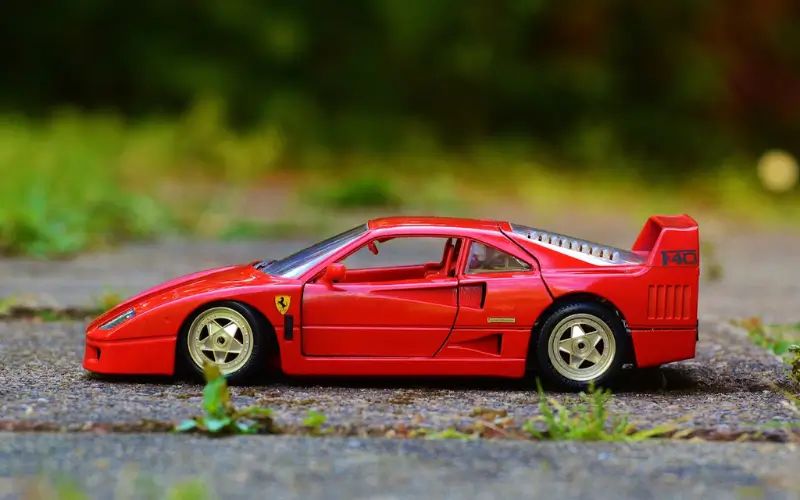If you’ve been collecting toy cars for years or just got them from someone else, you can make money by selling them properly. You should learn about the market, the worth of your collection, and the best ways to sell to get the highest price. This guide will show you how to get the best price for your vintage toy car collection.
Assess the Value of Your Collection
You should know the worth of your vintage toy cars before you put them up for sale. The value of a toy car can differ a lot due to its brand, age, condition, rarity, and how much people want it. The brand and the maker should be considered when determining a product’s value. Many people look for Hot Wheels, Matchbox, Dinky Toys, and Corgi because they are famous and in demand. A car from a well-known brand is often sold for more money. How old your cars are can greatly affect the service you need. Those toy cars made in the 1950s, 60s, and 70s are often more valuable, especially if they are still in good shape. Cars built before 1970 are usually called vintage and are highly valued by collectors.
Look into the Company
Exploring the details of every car in the collection may not be fun, but it is worth it. There are many forums, marketplaces, and guides available on the internet. They can give you an approximate idea of the car’s value. Pay attention to sold properties, not just to the prices people are asking. It demonstrates the amount buyers are ready to spend. Remember that the production year can be very important. Some cars from the 1960s or 1970s Hot Wheels series can be worth hundreds. A special color or a small number of models can make the car worth more. When you have an idea of the value of each car, deciding on good prices becomes easier.
Presentation Is Everything
Before selling, clean each car gently. Dust and grime can distract from its real charm. Avoid harsh cleaners. A soft brush or cloth works best. If packaging is present, don’t open or alter it. The original box adds to its worth. When it comes time to show them off, good photos make a huge difference. Use natural lighting and take clear pictures from different angles. Include shots of the front, back, and bottom. Also, make sure to highlight any damage. Writing short, honest descriptions helps, too. Mention the brand, year, and condition. If it’s a rare variation, say so. Don’t exaggerate. Buyers appreciate honesty, and it builds trust.
Know Where to Sell
Selling vintage toy cars isn’t just about placing a random ad online. The right platform can attract the right buyer. Online marketplaces like eBay offer a broad audience. Here, rare finds often catch the eye of collectors worldwide. But be prepared for fees, shipping, and dealing with buyers directly. Local collectors’ fairs or toy shows are another option. These events bring in serious buyers and fellow enthusiasts. They offer a chance to negotiate in person, which often leads to quicker sales.
Another option is specialty shops or dealers. Some focus on vintage toys and are always on the lookout for quality items. These buyers might not pay top dollar, but they do offer convenience and speed. There’s also a growing list of websites and communities where enthusiasts gather. Searching online for who buys Hot Wheels can uncover hidden gems, places where dedicated collectors shop, trade, and talk.
Avoid Making Common Errors
Trying to complete the process too quickly is often a big mistake. Not doing research before selling may result in selling for less than the product is worth. If you overprice something because of your feelings, it may turn buyers off. Packaging that is not done well during shipping is another issue. When a buyer gets a toy car in poor condition, the sale might fail, and your reputation could be affected. When packing, place your items in boxes that are padded and strong.
Conclusion
Selling a vintage toy car collection isn’t just a business move. It’s a chance to connect with others who share the same love for these miniature classics. With a little effort, the right presentation, and smart choices, that box of old cars can turn into something far more valuable. It’s not only about making money, it’s about finding the right hands to carry the story forward.




